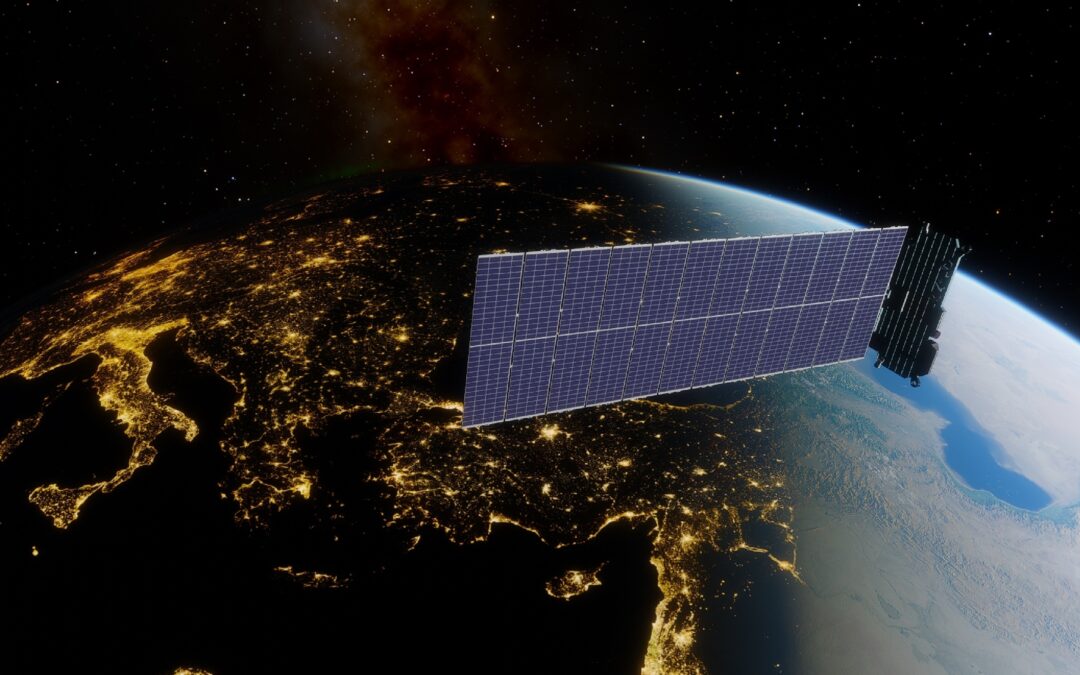Image: Shutterstock
Blog Editor’s Note: Now that UT’s Professor Todd Humphreys has figured out how to use Starlink for PNT, this seems a natural pivot for Musk. Why fight it when you can leverage it for another income stream?
It will be interesting to see how Starlink PNT compares to purpose-built LEO PNT like Xona and Trustpoint. One imagines a purpose-built system would perform better on at least some of the standard criteria of accuracy, integrity, availability, and continuity. And, by the way, let’s add another, too often overlooked, criteria – resilience.
For over 40 years the US government has made PNT a free utility via GPS. It will be interesting to see who is willing to pay for what.
Which raises the question – If users have to pay to access a PNT service, should that be considered when assessing “availability”? With every citizen dependent on PNT, it certainly seems like a service fee would reduce availability.
And how will the ESA LEO PNT satellites play into all of this? Will access be free of charge to anyone with a capable receiver? Would that give Galileo another advantage over GPS?
Interesting times in PNT world.

Is Elon Musk Expanding Starlink to Include Satellite Positioning and Imaging Services?
New trademark documents suggest so…while UT researchers reverse-engineer Starlink’s signal
Elon Musk’s satellite venture Starlink has filed new trademarks that include satellite positioning and imagery services. According to published reports, the new trademarks feature language that includes using the satellite constellation to provide real-time imagery.
In addition, other language cited potential geolocation services—and that the trademark filing would exclude U.S. GPS satellites, said trademark lawyer Josh Gerben in a Twitter post:



